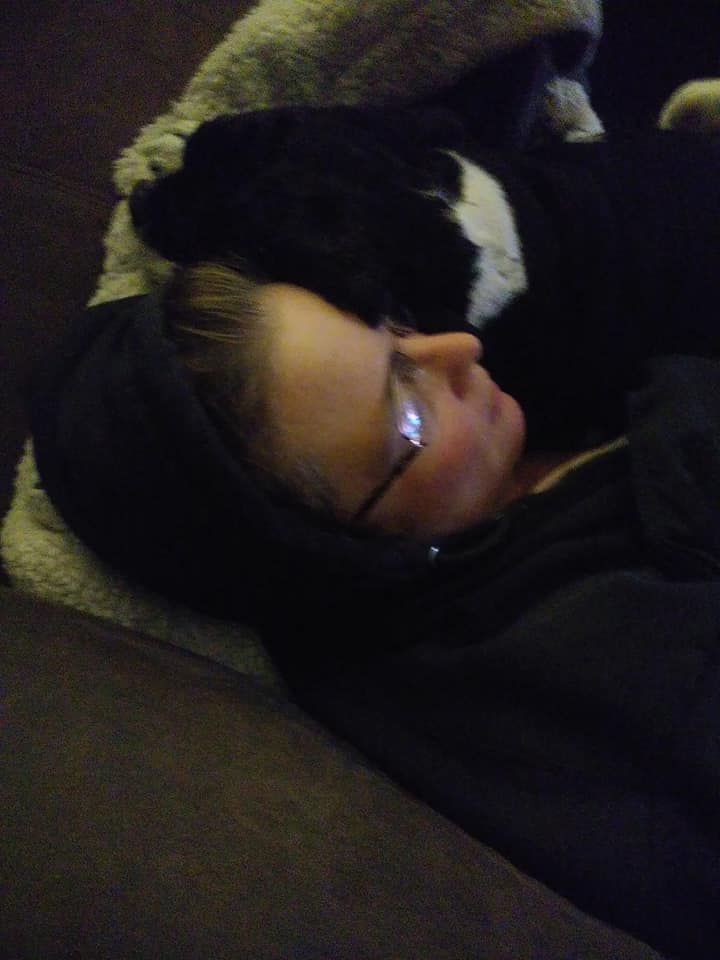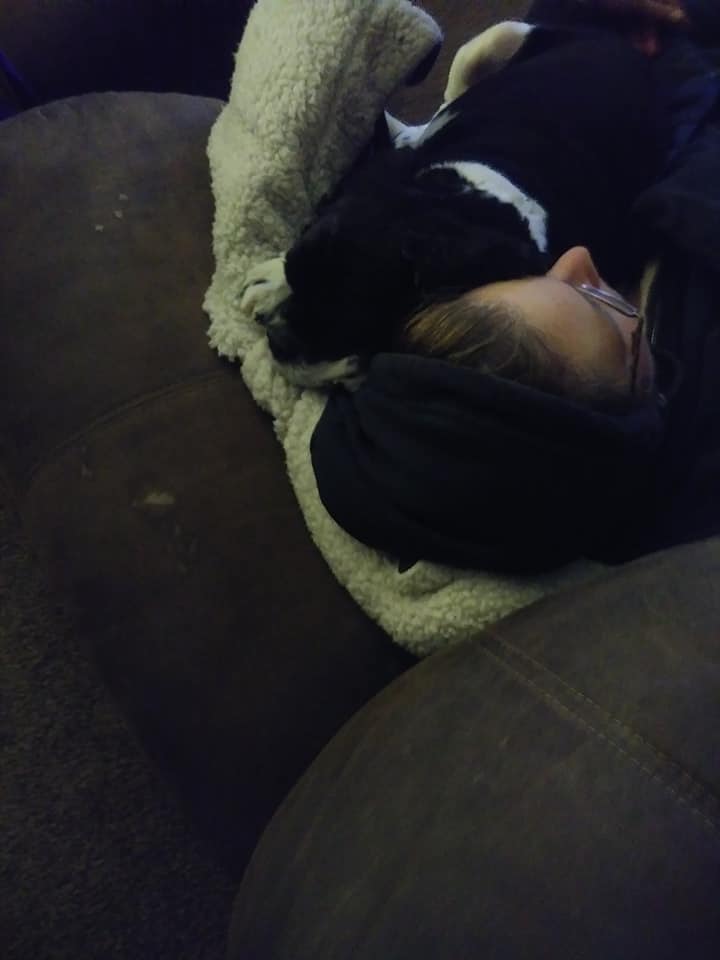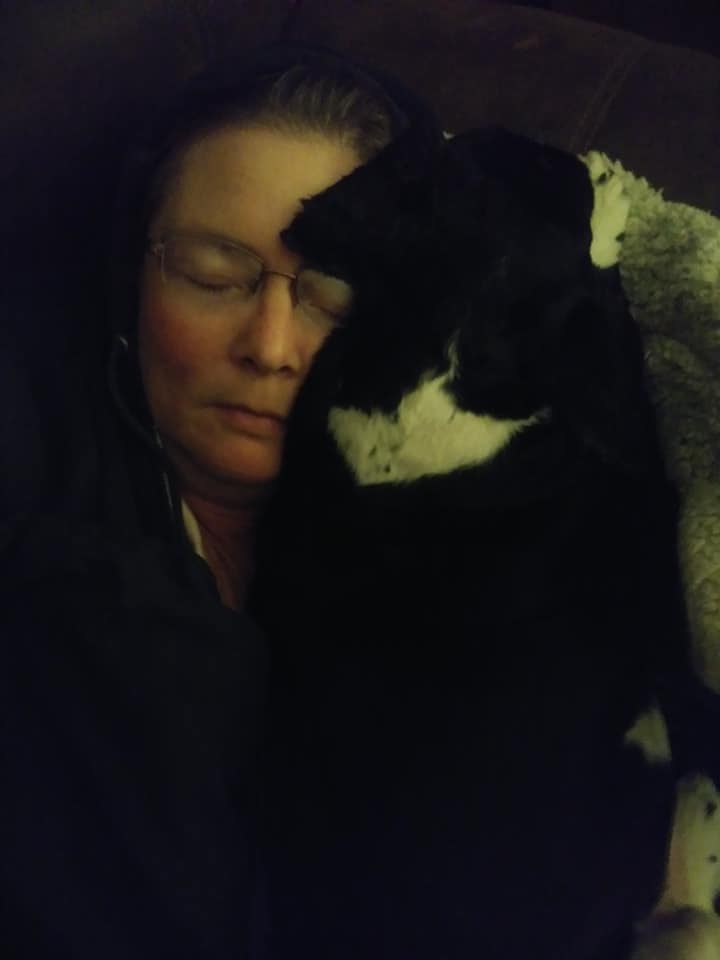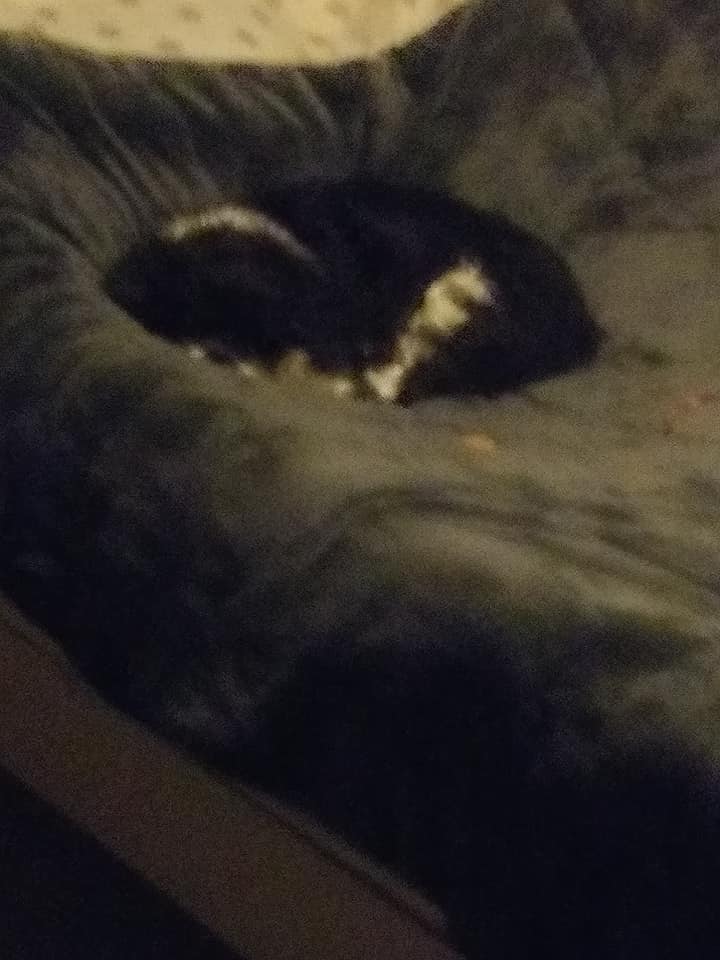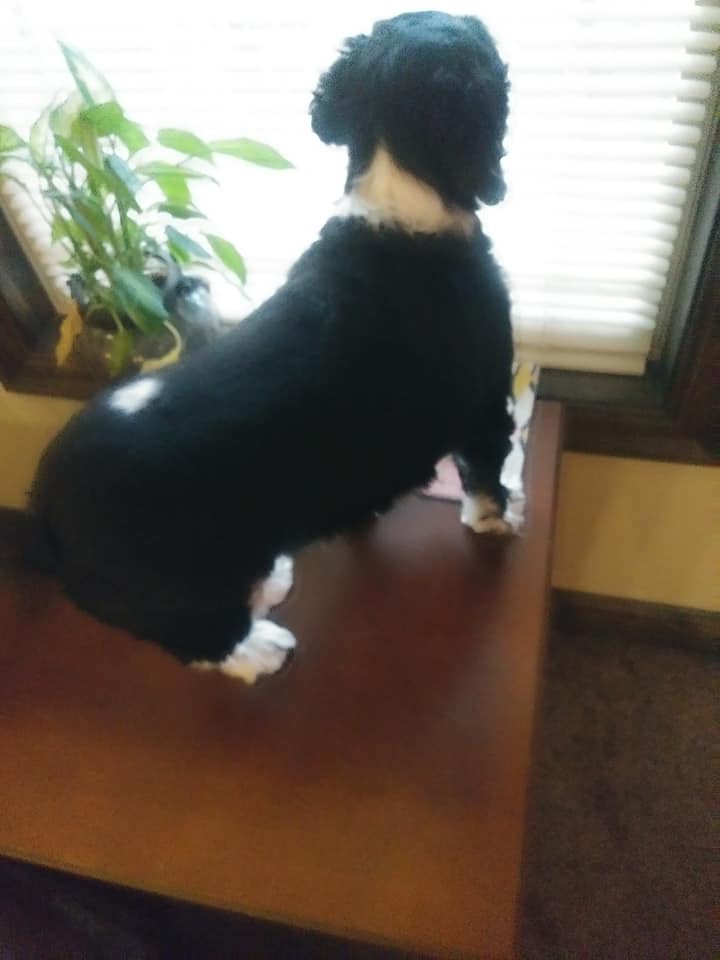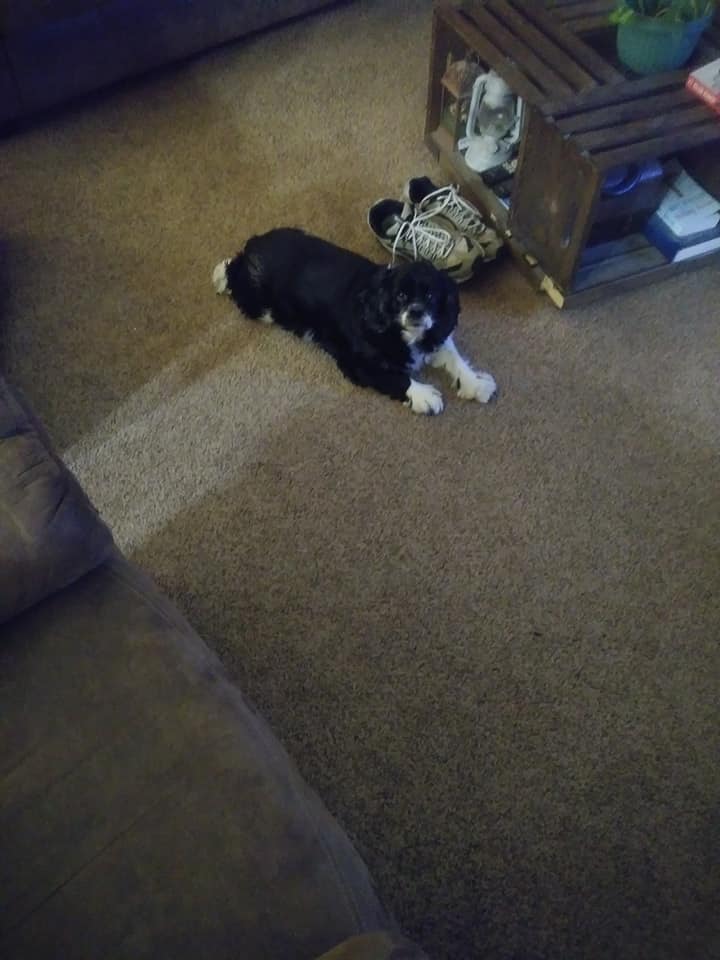
Heidi King Charles Cavalier
This gentle, affectionate breed won over royal hearts as early as the 17th century. Cavalier King Charles Spaniels combine the lovable traits of a companion dog with the lively sporting instincts of their ancestors and are beloved, popular pets today. Not convinced? Check out some of the things Cav owners would tell you.
1. Cavs are toy-sized bundles of love.
They are one of the friendliest breeds, showering affection on their family and happily getting along with other dogs, kids, cats, and total strangers. In fact, strangers are friends they haven't met yet.
2. The beautiful large round eyes are a breed hallmark.
The warm, dark brown color of their eyes and the cushioning under the eyes create a melting, limpid look which contributes to their gentle expression.
3. Cavalier King Charles Spaniels makes great therapy dogs.
Originally bred as companion dogs, it's only natural that they excel as therapy dogs. If your Cav has a loving, warm temperament and you have the time and dedication to work with him, consider the AKC Therapy Dog Program.
4. Yes, they're lapdogs, but they're also sporting dogs.
Cavs retain their original hunting instincts and can be off like a shot after small creatures or if they catch a scent. They may be so intent on the chase that even a well-trained dog may not come when called. Best not to let them off-leash when out and about and to have a fenced yard at home.
5. The Cav is a natural athlete.
A combination of athleticism and trainability help the Cavalier King Charles Spaniel excel at sports like agility, rally, and obedience.
6. They're named for royalty.
Both King Charles I and his son, Charles II were devotees of the breed. Charles II was so attached to his spaniels that they went with him everywhere. He issued a royal decree that the dogs should be allowed in all public spaces, including Parliament. The breed was even named for the monarch.
7. Cavalier King Charles Spaniels come in four colors.
The patterns and colors of their coats are distinct. They include:
Blenheim - chestnut markings with white ground with a white blaze between the ears and a lozenge-shaped marking in the center, called the "Blenheim spot."
Tricolor - black markings on a white ground; with tan markings over the eyes and on their cheeks, as well as inside their ears and on the underside of the tail.
Ruby - a rich red all over.
Black-and-tan - black with tan markings like the tricolor, as well as on their chest and legs.
